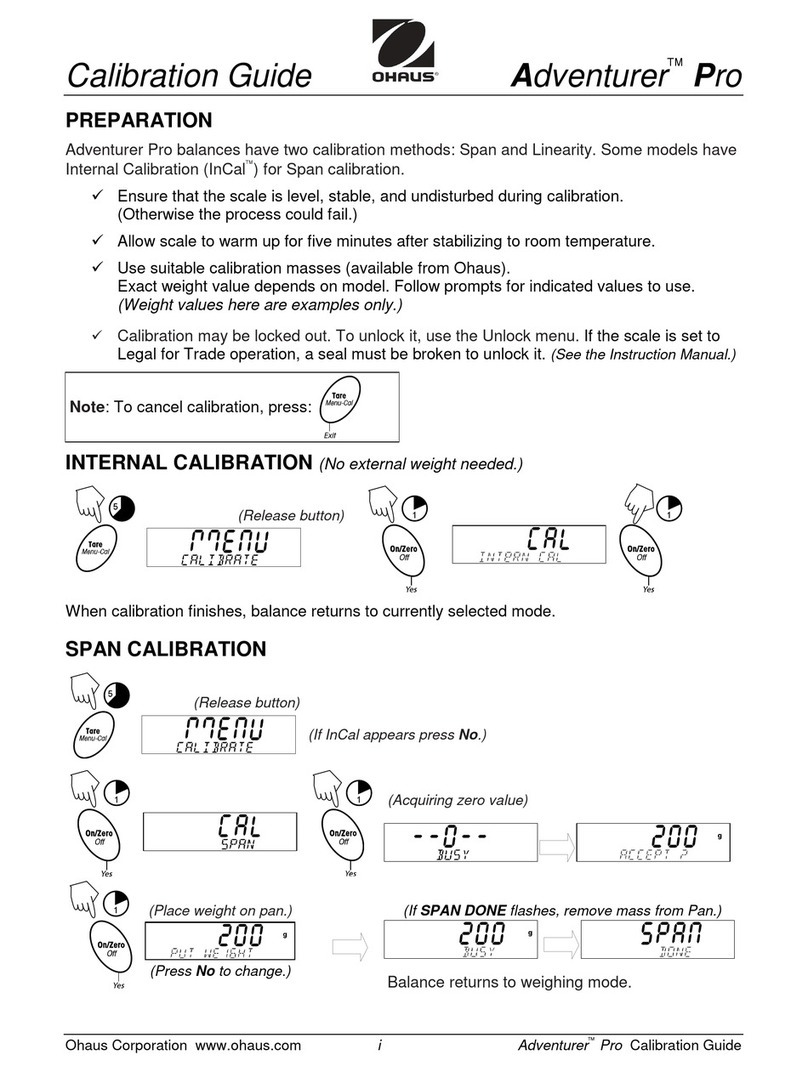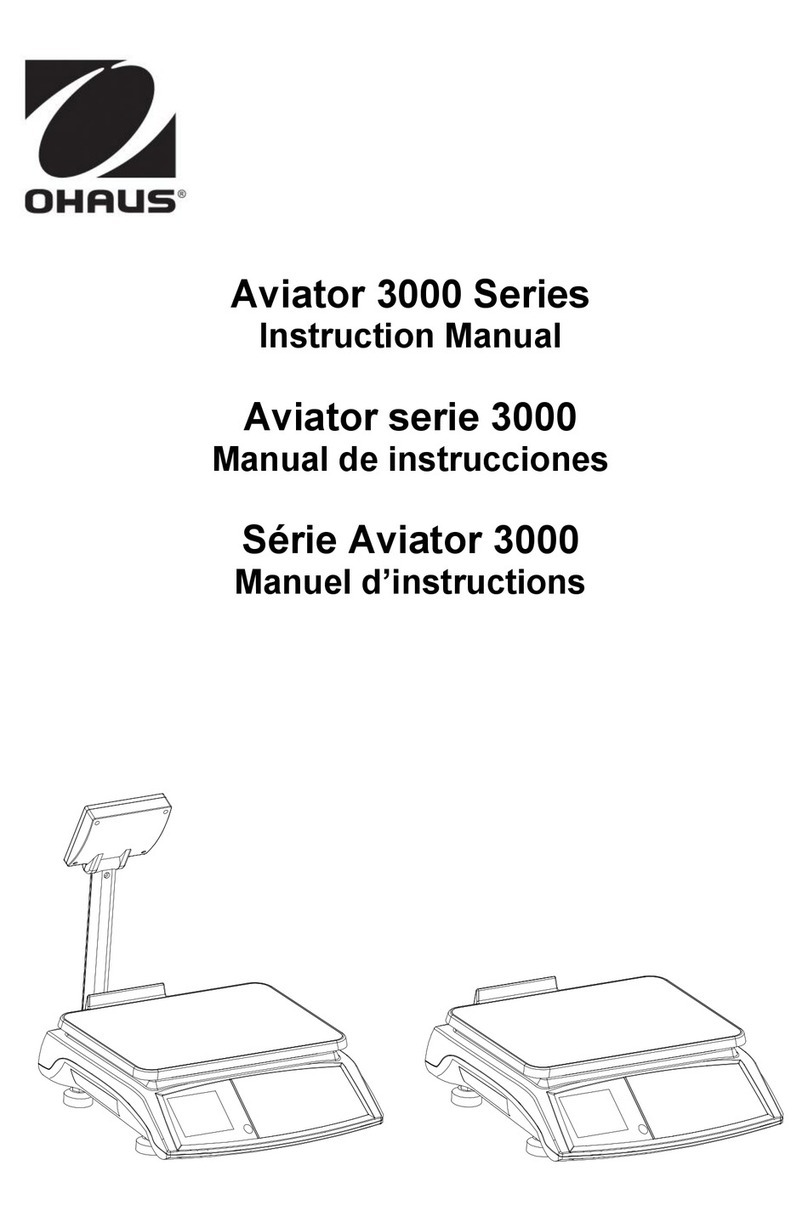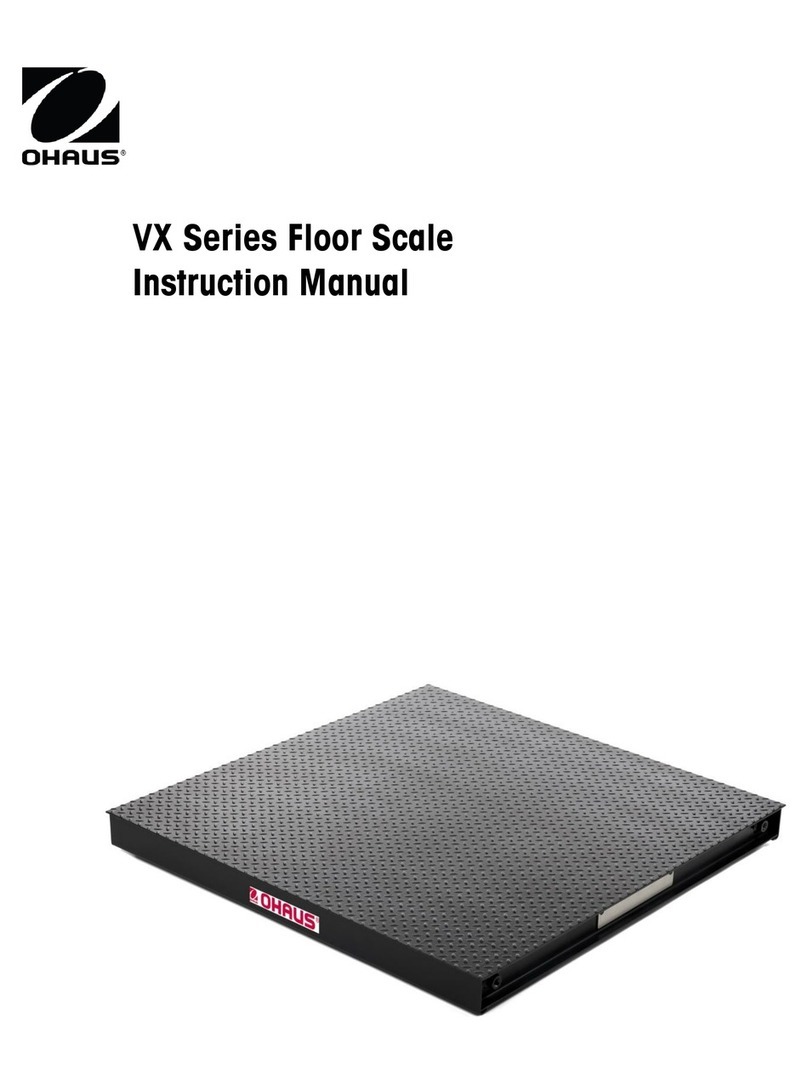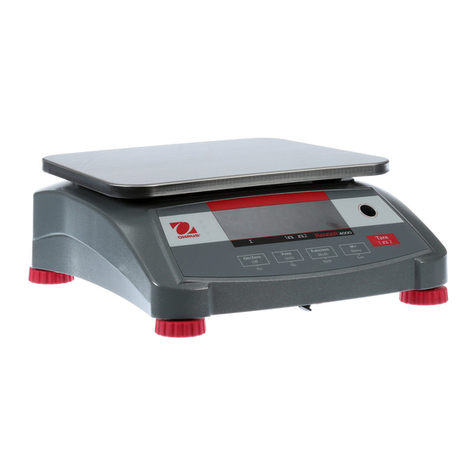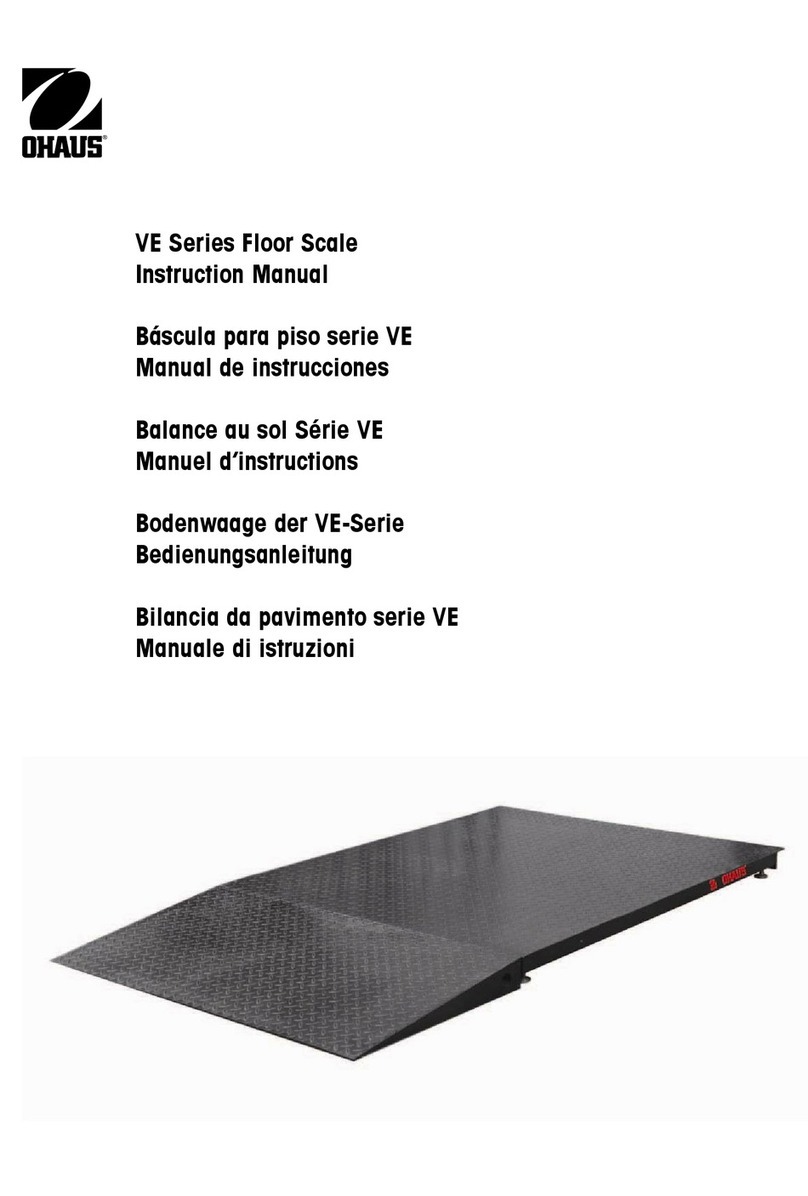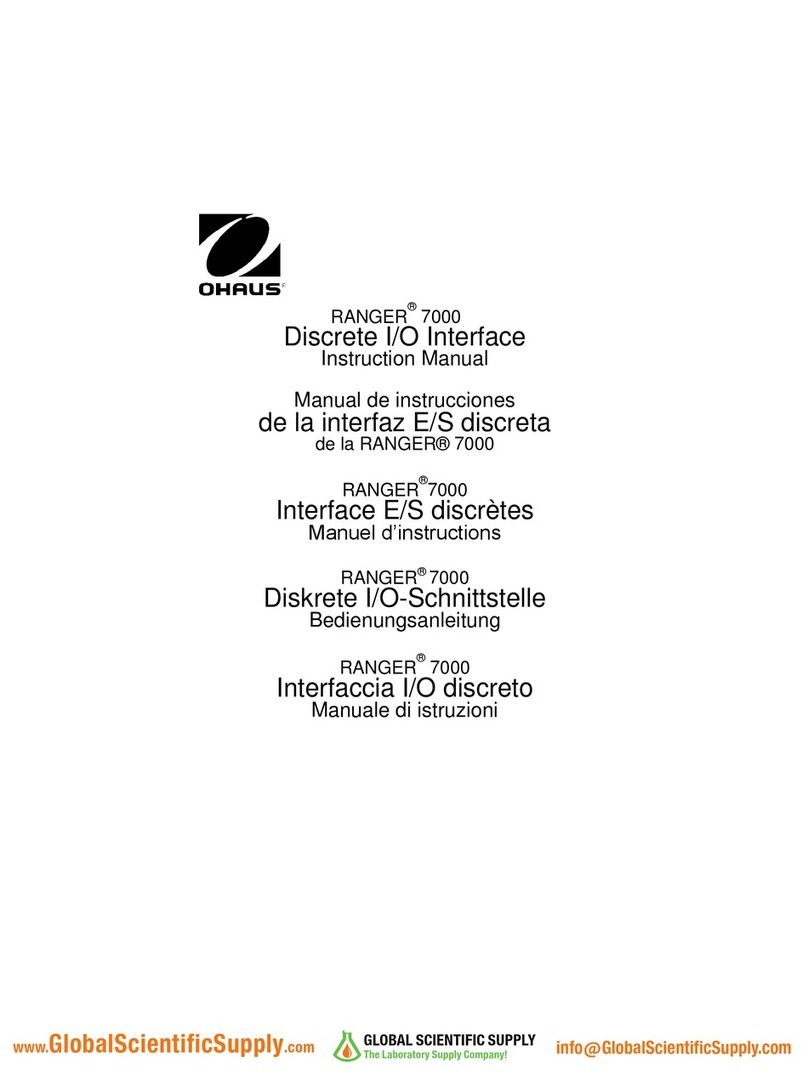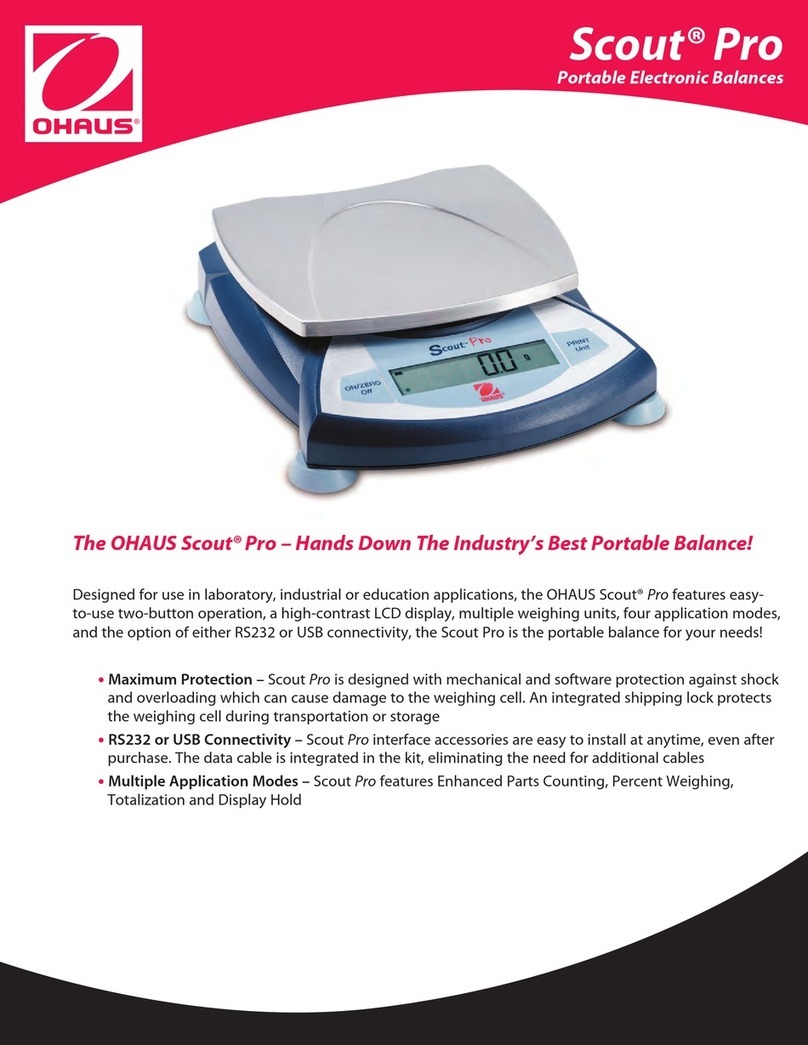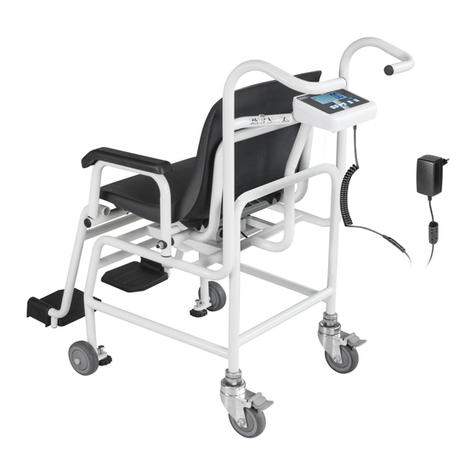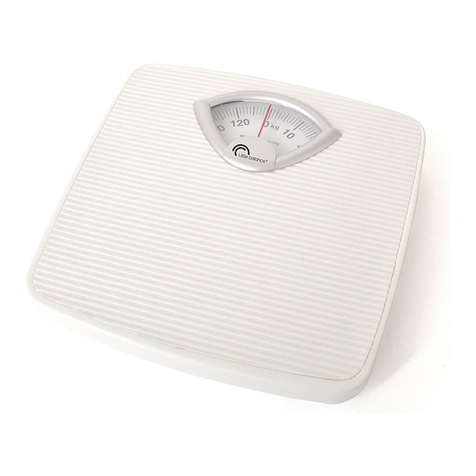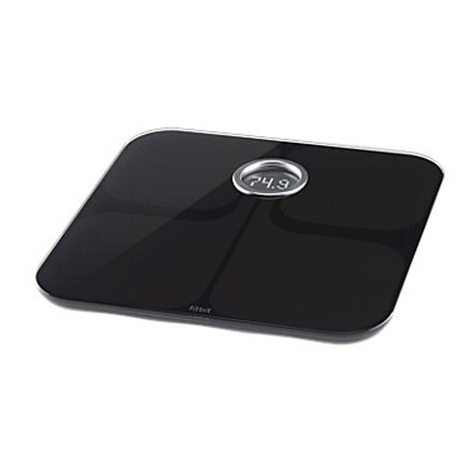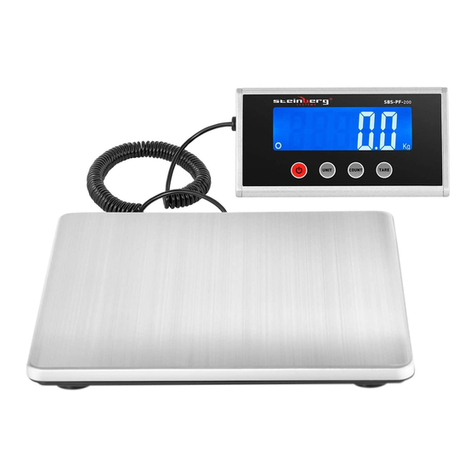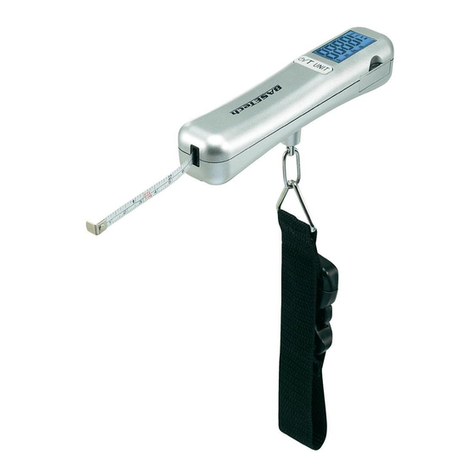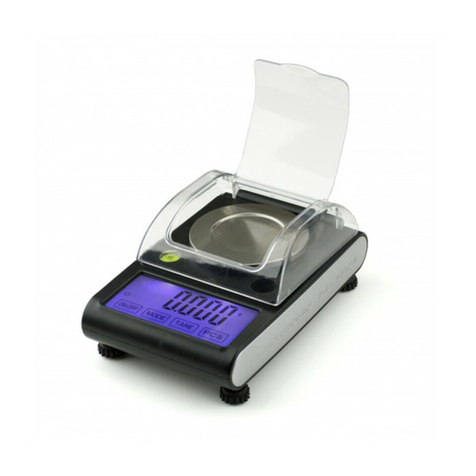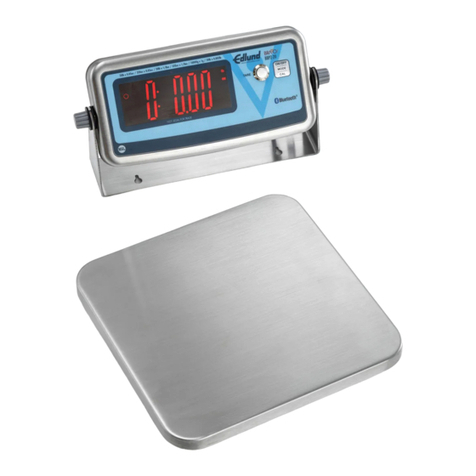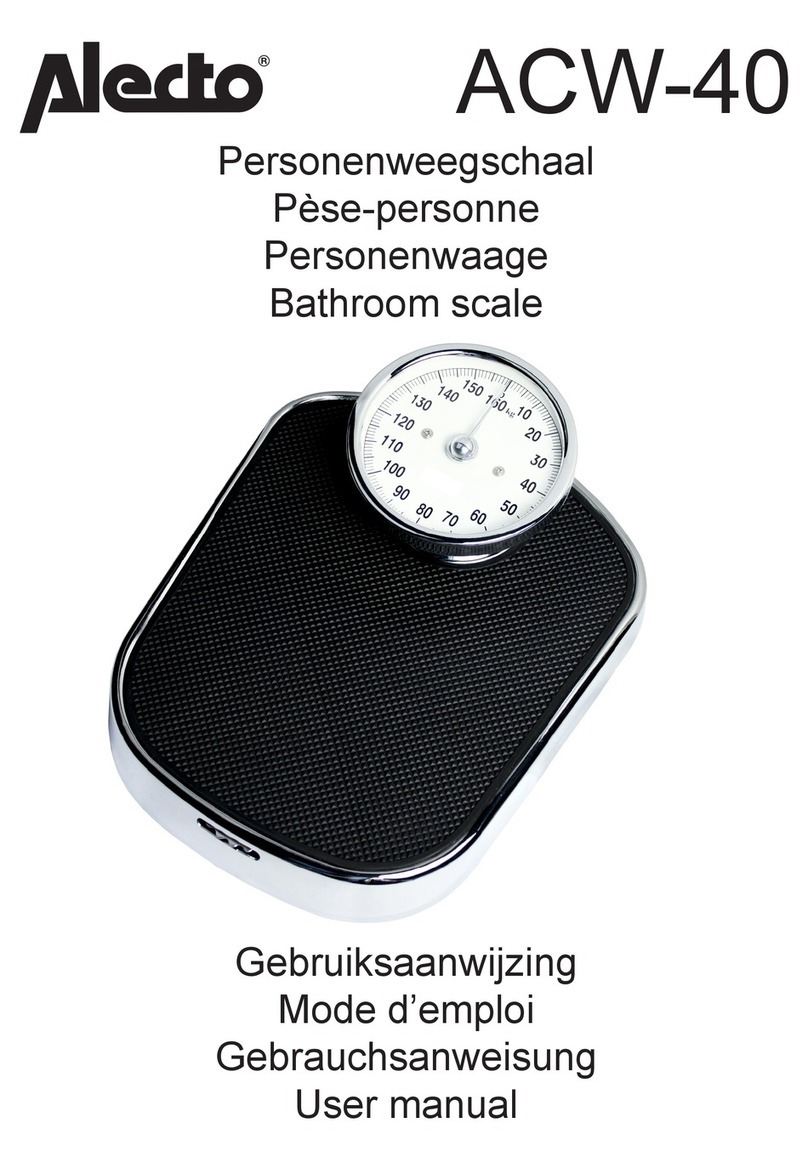
TABLE OF CONTENTS
Page No.
CHAPTER 1 GETTING STARTED
1.1 Introduction................................................................................................................1-1
1.2 Service Facilities........................................................................................................1-1
1.3 Tools and Test Equipment Required.........................................................................1-2
1.4 Specifications.............................................................................................................1-2
1.5 Operation...................................................................................................................1-3
1.5.1 Power Supply.....................................................................................................1-3
1.5.2 Overview of the Controls....................................................................................1-3
1.5.3 Basic Functions..................................................................................................1-4
1.5.4 Dynamic Weighing .............................................................................................1-4
1.6 Calibration..................................................................................................................1-5
CHAPTER 2 TROUBLESHOOTING
2.1 Introduction................................................................................................................2-1
2.2 Visual Inspection........................................................................................................2-1
2.3 Diagnostic Guide .......................................................................................................2-2
2.3.1 Diagnosis............................................................................................................2-2
2.4 Checking the Load Cell’s Signal................................................................................2-4
2.4.1 Output Voltage Test ...........................................................................................2-4
2.4.2 Resistance Test..................................................................................................2-5
2.5 Testing the Printed Circuit Board (PCB)....................................................................2-6
2.5.1 PCB Voltage Measurements..............................................................................2-6
2.5.2 Simulator Testing ...............................................................................................2-6
2.5.3 General Load Test..............................................................................................2-6
2.5.4 Calibration Test ..................................................................................................2-7
CHAPTER 3 MAINTENANCE PROCEDURES
3.1 Preventive Maintenance............................................................................................3-1
3.1.1 Preventive Maintenance Checklist .....................................................................3-1
3.2 Replacement of Major Components..........................................................................3-1
3.2.1 Replacing Load Cells .........................................................................................3-2
3.2.2 Printed Circuit Board (PCB) Replacement .........................................................3-3
3.2.3 Battery Replacement..........................................................................................3-4
3.2.4 Function Label Replacement..............................................................................3-4
CHAPTER 4 TESTING
4.1. Testing.......................................................................................................................4-1
4.2 Power Test.................................................................................................................4-1
4.3 Performance Tests Using a Scale Base....................................................................4-1
4.4 Calibration Retention Test.........................................................................................4-1
4.5 Repeatability Test......................................................................................................4-2
4.6 Off-Center Load Test.................................................................................................4-4
4.7 Off-Center Load Adjustment......................................................................................4-5
4.8 Linearity Test.............................................................................................................4-6
CHAPTER 5 PARTS LISTS & DIAGRAMS
5-1 Catapult 1000 Scale: Parts........................................................................................5-2
